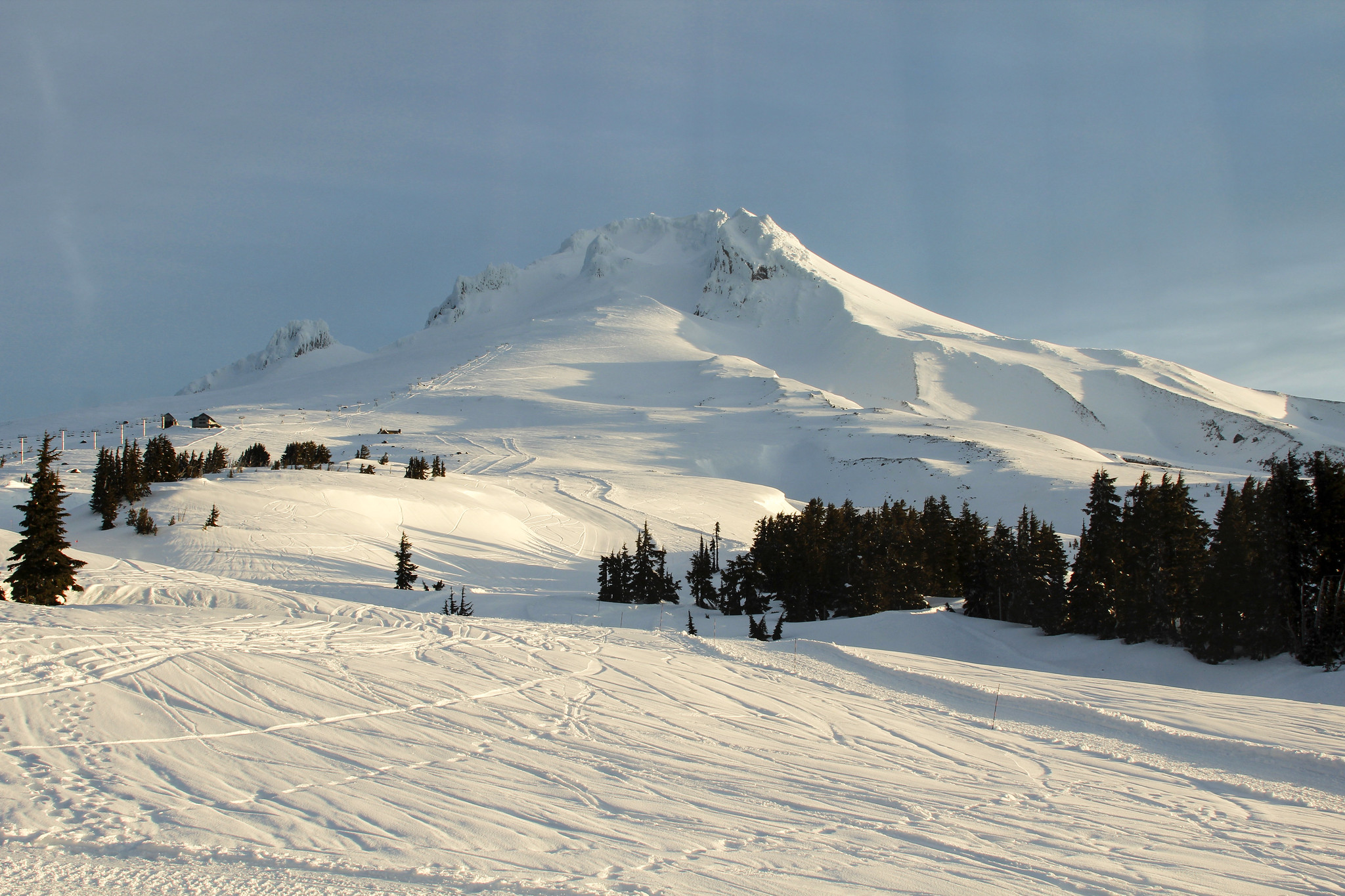The goals of this guide are:
First things first: Work and housing in the off-season
Starting to save money for the ski season starts at the end of April or early May, when ski mountains are closing for the year. After you find your way to Colorado (the top skiing state in the country) or California, the first thing to do is find a job where housing can be provided, in order to generate income while keeping costs low. The best jobs for new aspiring ski bums posted under this criteria are usually restaurant work such as serving, hosting, bussing and dishwashing, as these often don’t require much previous work experience. Working at a restaurant can also provide free meals at work and employee discounts on food so you can cut down on your shopping and cooking. Restaurant work with provided housing can be found in various ski towns throughout Colorado, such as the Mountain Lodge in Winter Park or La Cantina in Vail. The same applies in the Lake Tahoe region of California, with jobs such as a server at the Holiday Inn in San Francisco providing local, low-cost housing for employees.

A bluebird powder day in the Rocky Mountains. (Photo by Bonnie Moreland)
Getting access to employee housing can save you upwards of $2,000 per month in Winter Park, and $1,500 per month in Vail. By working 40 hours a week as a bartender or server in Winter Park, you could make around $13,600 after tax. With tips providing, on average, about 60% of a waiter’s income, you could stockpile a total of approximately $30,000 after taxes in Colorado, and $22,000 after taxes in California before the ski season even starts. Since the ballpark cost of a season of ski bumming is around $10,000-15,000 (or about $2,000 per month), this would give you a comfortable head start for the season.
Finding a place to live for the ski season
At this stage, there’s two main options that you should consider:
Let’s discuss ski leases first. Consider this quote from Bevan Waite, an editor at SnowBrains.com: “If you don’t want to live in a van or a snow cave, and renting a room is too expensive, look into a ski lease… People buy into a seasonal lease for a large house and split costs. Ski leases are often more popular with weekenders from the city, but if you can weasel your way in as a full time resident, you become the house caretaker and pay dirt cheap rent for living full-time in a fancy vacation house all winter long.”

The beautiful night sky in Lake Tahoe. (Photo by: Beau Rogers)
Ski leases are generally exclusive to the Lake Tahoe ski resort, and can be found on Craigslist, through local realtors, online ski forums, negotiated on Airbnb or VRBO, or found on mountain-specific websites such as SkiPals.com. Of these options, the easiest access to leases are found on Craigslist and SkiPals.com; however, the latter has the advantage of having people who already own a lease and are looking for one or two more people to fill the extra spaces. The more affordable ski leases found in Lake Tahoe are about $1,000 to $2,000 for the entire season (December 1st – May 1st), meaning that you would be paying approximately $6.70 to $13.30 a night. With this cost, you could be living in a nice vacation home that is possibly empty during the weekdays, while other residents work jobs in nearby cities such as San Francisco. Living in a Tahoe ski lease means you would need to buy an Epic Pass, which will run you $569. However, the season pass will grant you unlimited access to 3 of Lake Tahoe’s best ski resorts, combining for a whopping 10,270 skiable acres.
The alternative to a Tahoe ski lease is working for a resort such as Winter Park and getting access to their employee housing. Winter Park provides small, dorm-style rooms for full-time seasonal employees. You’d share the room and a small bathroom with 1-2 other people. While not the most comfortable, this is often the cheapest seasonal housing option that’s available in a ski town; dormitories in Winter Park are $400-450 per month ($2,000-2,250 per season). However, by working full-time (130 hours per month) as a snowmaker or a groomer, you would also be making roughly $10,300 per season after taxes. Winter Park would also provide you with a free season pass, among other benefits. The main downside to this option is that you’d have less time to freeski, as you’d be working a full-time job.
Getting to the mountain
A car is a major unnecessary expense for ski bums, so finding cheaper methods of transportation, such as ridesharing and public transportation, are essential.
There are multiple rideshare programs from San Francisco to Lake Tahoe, providing easy access from the airport to your ski lease. Once there, the Tahoe area has multiple free transportation services that you can utilize to get to different downtowns and ski resorts. Tahoe Transportation District provides a free transit service throughout South Lake Tahoe and Heavenly Ski Resort. Lake Link is another shuttle service that provides free custom routes throughout the South Lake Tahoe area. TART, or the Truckee Area Regional Transit, provides free public transit throughout the northern area of Lake Tahoe (Truckee), and Northstar Ski Resort. It also provides a service that picks you up at a custom location for a $6 one-way trip.
Winter Park is accessible by Amtrak from the Denver airport for a $38 dollar fee. The town also has a free bus system with routes traversing the resort, downtown Winter Park, and surrounding towns Fraser and Granby (where employee housing might be).
Now you’re ready!
Whether your mountain of choice is Winter Park or one of Lake Tahoe’s resorts, preparation begins before the ski season, where your goal is to acquire employment and cheap housing, allowing you to stockpile money to cover the costs for the ski season. A conscientious employee can make $22,000-30,000, allowing them to cover housing, transportation and ski costs for an entire season at two of the best ski towns on the planet. Find your way to the mountain, and have fun!
 NOLAbeings Multimedia artist Claire Bangser created NOLAbeings as a portrait-based story project that marries...
NOLAbeings Multimedia artist Claire Bangser created NOLAbeings as a portrait-based story project that marries...  Voodoo in New Orleans: Reviving history: New Orleans fortune telling This article takes a deep dive into the history of Voodoo in New Orleans, its hybridization with Catholicism, and its present-day place in the city's culture. The author visits fortune-tellers in the French Quarter, using their guidance as a tool for introspection rather than a deterministic predictor of the future. Through her experiences in New Orleans, the author feels a mystical connection to both the past and the future.
Voodoo in New Orleans: Reviving history: New Orleans fortune telling This article takes a deep dive into the history of Voodoo in New Orleans, its hybridization with Catholicism, and its present-day place in the city's culture. The author visits fortune-tellers in the French Quarter, using their guidance as a tool for introspection rather than a deterministic predictor of the future. Through her experiences in New Orleans, the author feels a mystical connection to both the past and the future. 